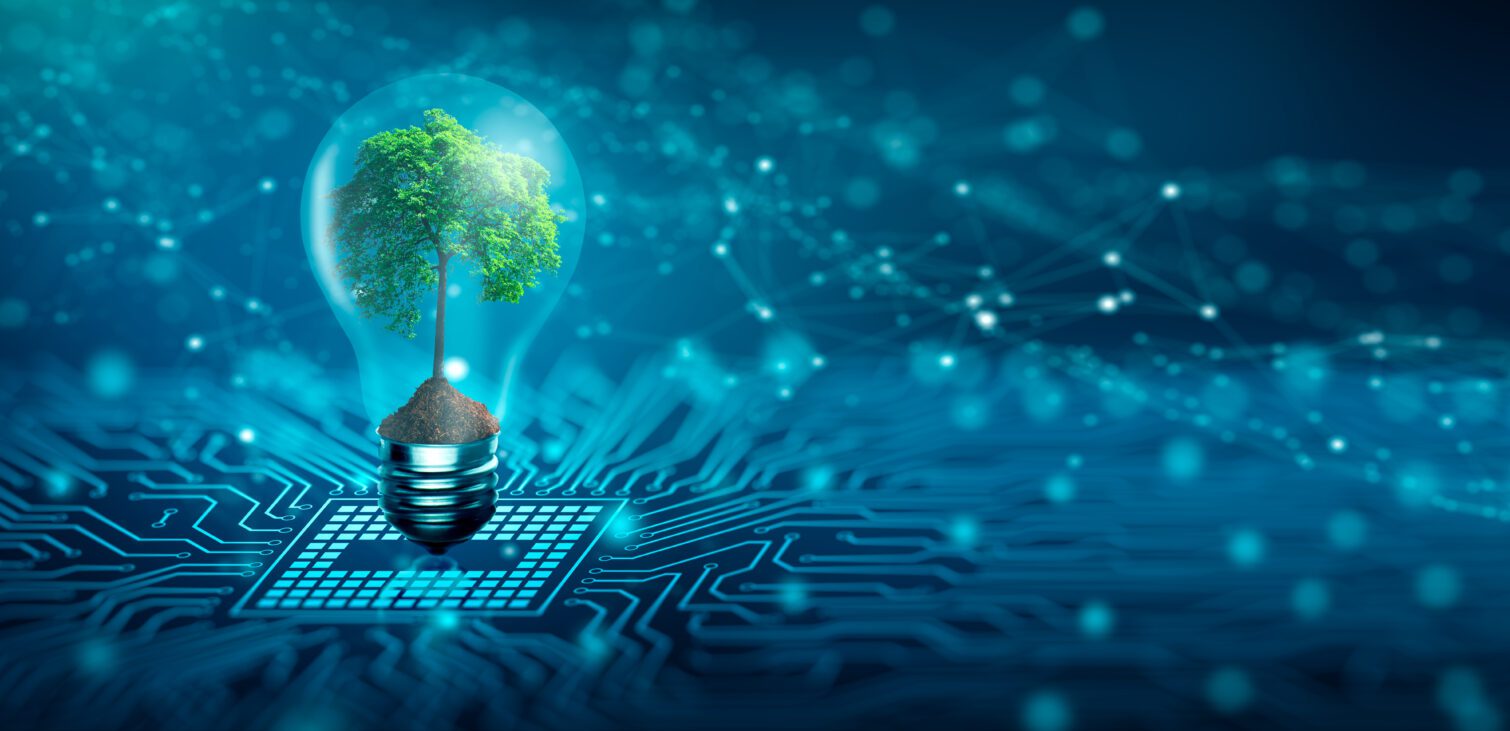EPA 8082 Detection of polychlorinated biphenyls PCBs in sustainable textiles
The Environmental Protection Agency's (EPA) Method 8082 is a widely recognized and comprehensive technique used for the analysis of polychlorinated biphenyls (PCBs) in various environmental matrices, including solid waste. This method has been adapted to ensure its applicability to the detection of PCBs in sustainable textiles as well. In this service, we provide expert testing according to EPA 8082, which involves a series of steps aimed at ensuring accurate and reliable detection of PCBs in fabrics intended for eco-friendly applications.
PCBs are hazardous substances that have been banned globally due to their toxic nature and persistence in the environment. The presence of these chemicals can pose significant risks to human health and ecosystems, particularly when they leach into soil or water during textile production processes or disposal. Given this context, it's crucial for manufacturers, especially those focusing on sustainability, to ensure that their products do not contain any detectable levels of PCBs.
The testing process begins with the collection and preparation of samples from the textiles being examined. This involves careful selection of representative pieces based on color, composition, and other relevant factors. Once collected, these samples undergo initial processing steps such as washing to remove surface contaminants before undergoing more rigorous extraction procedures using solvents like dichloromethane (DCM).
After extracting potential PCBs from the sample matrix, they are concentrated through evaporation or distillation techniques and then analyzed via gas chromatography-mass spectrometry (GC-MS), which allows for precise identification of individual PCB congeners. The results generated by this method provide quantitative data on the amount of each type of PCB present in the textile material.
Understanding the importance of avoiding contamination during sample handling is paramount; any cross-contamination could lead to erroneous test outcomes, thus compromising both accuracy and reliability of findings. To mitigate such risks, strict protocols are followed throughout the entire analytical process—from sampling through final reporting—ensuring that all measurements reflect true concentrations within the tested samples.
By adhering closely to EPA 8082 guidelines, our laboratory ensures compliance with regulatory requirements while also providing valuable insights into the overall quality and safety profile of sustainable textiles. Our team leverages advanced instrumentation along with meticulous attention to detail during every stage of analysis to deliver accurate results that can be trusted by clients across multiple industries.
| Standard Reference | Description |
|---|---|
| EPA Method 8082 | Environmental Protection Agency's method for determining polychlorinated biphenyls (PCBs) in various matrices. |
Applied Standards
EPA Method 8082 is based on rigorous scientific principles and has been validated for use across numerous applications involving the detection of PCBs. This method specifies detailed procedures for sample preparation, extraction, concentration, and analysis using GC-MS instrumentation. It aims to minimize matrix effects while maximizing sensitivity and selectivity in identifying even trace amounts of PCB congeners.
The standard outlines specific conditions under which samples should be prepared prior to analysis, including temperature control during extraction processes and careful selection of appropriate solvents. Additionally, it provides guidelines for quality assurance measures like spike recovery tests and inter-laboratory comparisons to ensure consistent results among different facilities performing the same analyses.
By following these established protocols closely, we guarantee that our clients receive reliable data regarding PCB content in their sustainable textiles products. Understanding how EPA Method 8082 operates helps us tailor our approach effectively when addressing client-specific needs related to this important analytical technique.
Why Choose This Test
- Comprehensive assessment of PCB contamination levels in sustainable textiles.
- Guaranteed adherence to stringent EPA Method 8082 guidelines ensuring accurate and reliable results.
- Access to state-of-the-art GC-MS instrumentation for precise detection and quantification of PCB congeners.
- Skilled technicians with expertise in handling complex samples safely and accurately throughout the entire testing process.
- Robust quality assurance protocols implemented at every step from sample collection through final reporting to maintain high standards of integrity and precision.
Quality and Reliability Assurance
We take great pride in maintaining the highest levels of quality and reliability in our testing services. To achieve this, we implement a robust Quality Management System (QMS) that encompasses all aspects of our operations—from initial contact with clients through final delivery of reports. This systematic approach ensures consistency across multiple projects while allowing for flexibility when addressing unique challenges encountered during any given assignment.
Our QMS includes regular internal audits conducted by trained personnel who review procedures, documentation, and performance metrics to identify areas requiring improvement or enhancement. External assessments by independent bodies further validate our commitment to excellence in every aspect of our work. Additionally, continuous training programs ensure that all staff members remain up-to-date with the latest developments within their fields.
By adhering strictly to these rigorous standards, we aim not only to satisfy regulatory requirements but also exceed expectations by delivering accurate and trustworthy test results that add value for clients in various sectors. Whether you're a manufacturer looking to ensure compliance or an R&D engineer seeking detailed insights into your product's performance, our services offer peace of mind knowing that each result is backed by sound scientific principles and best practices.





